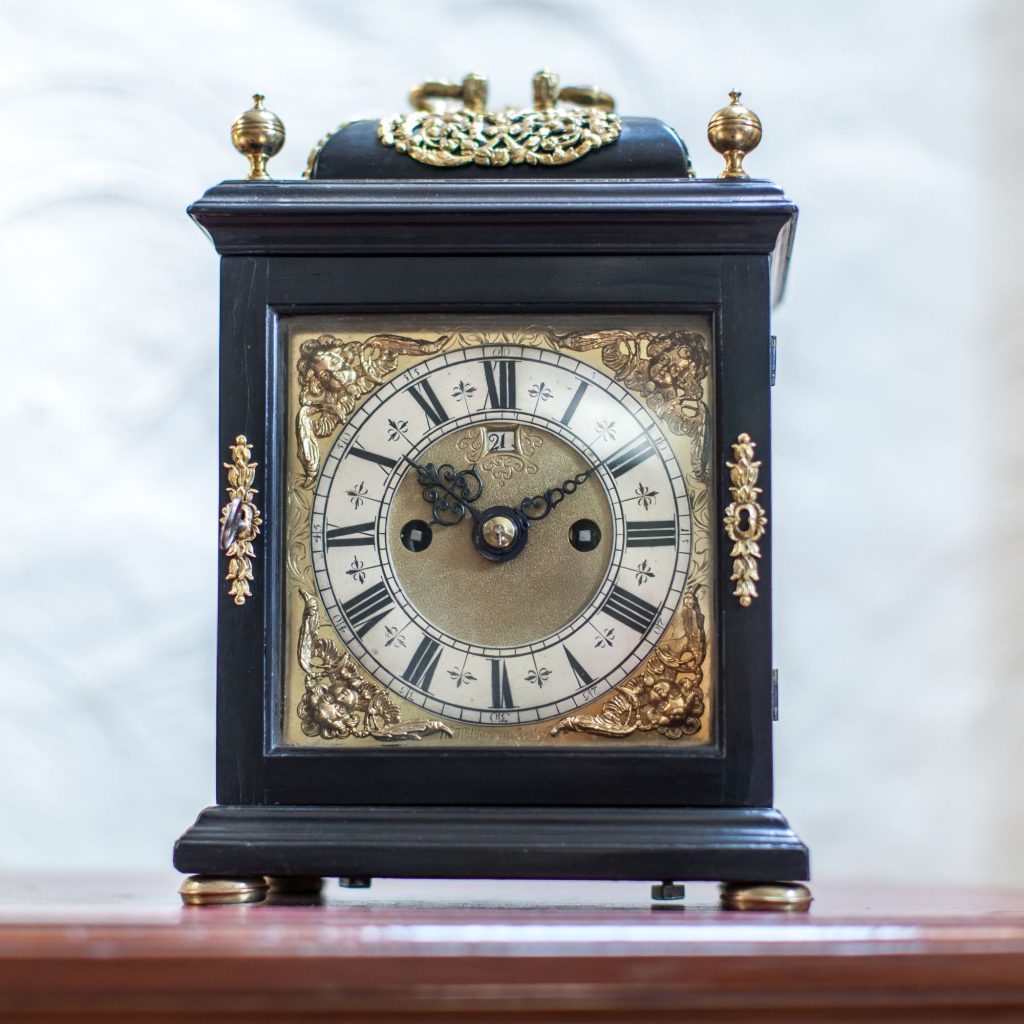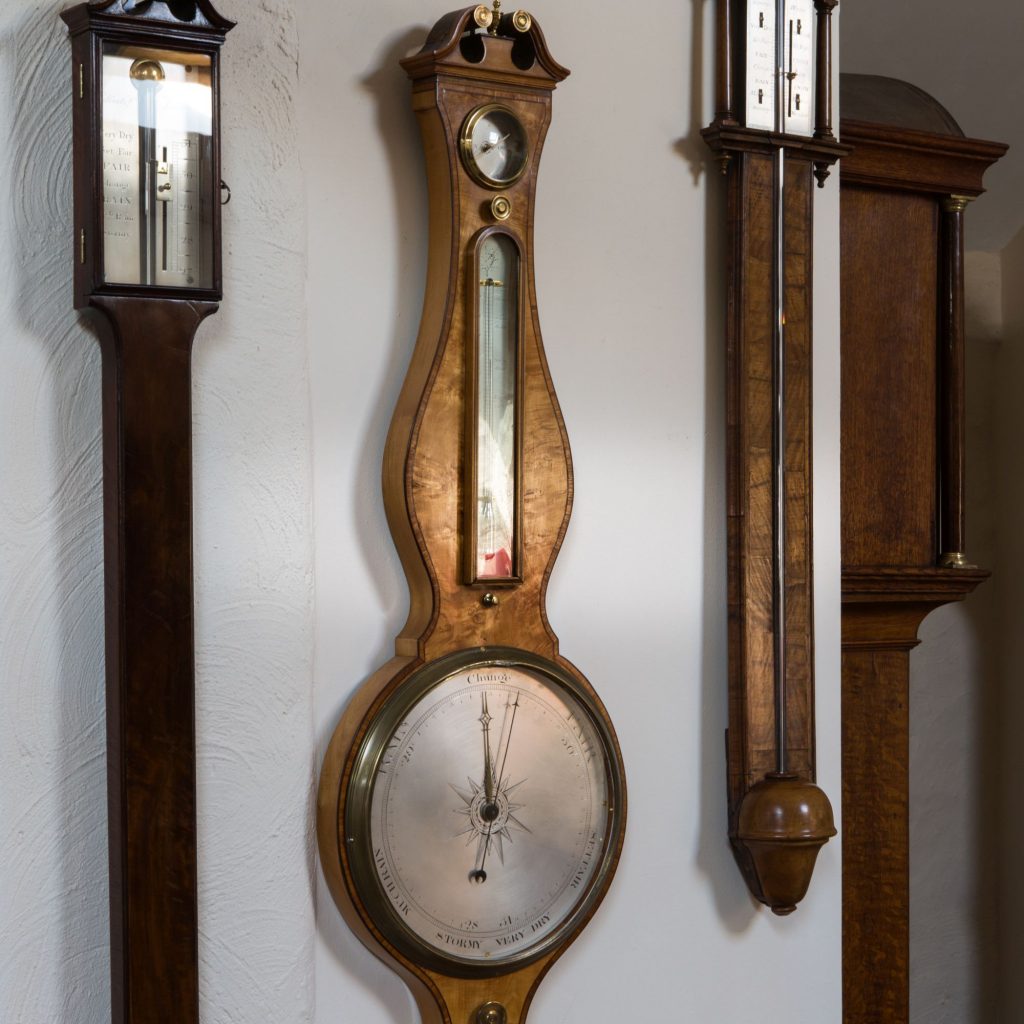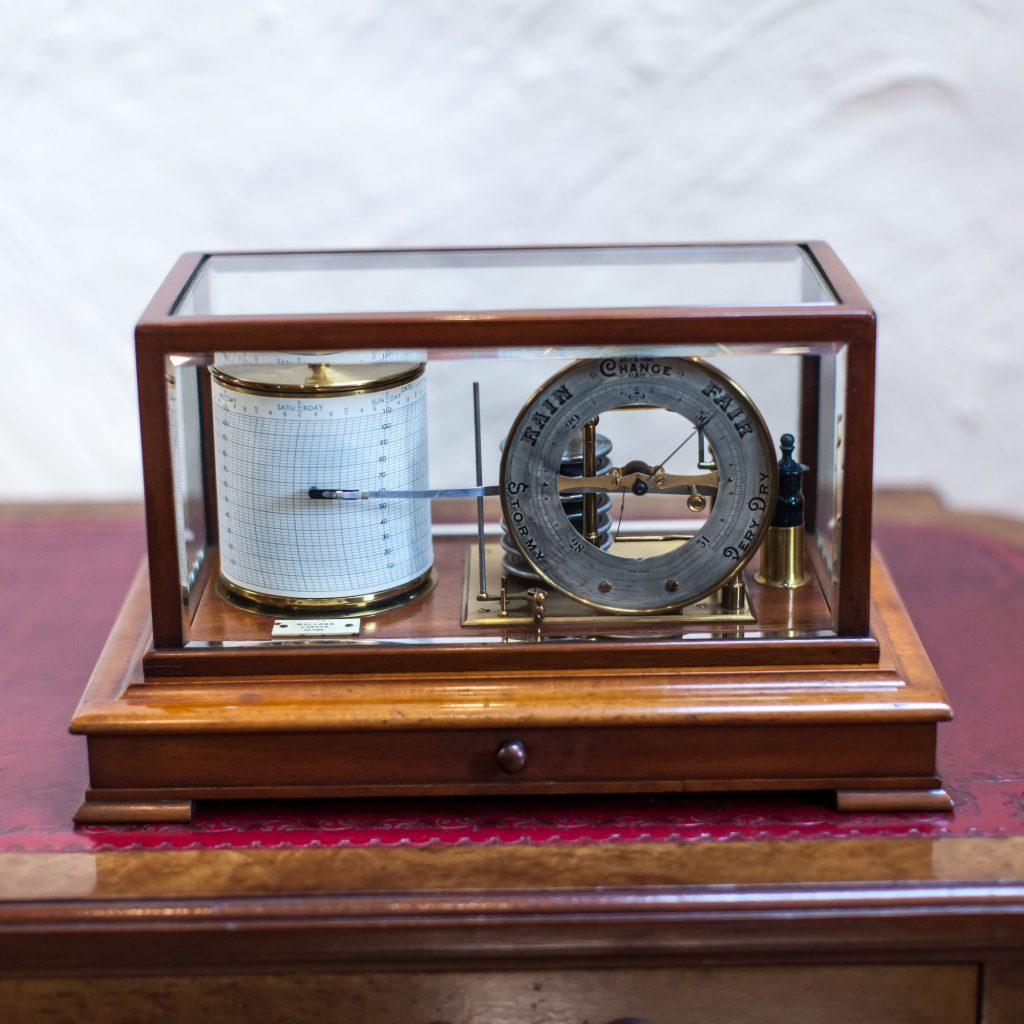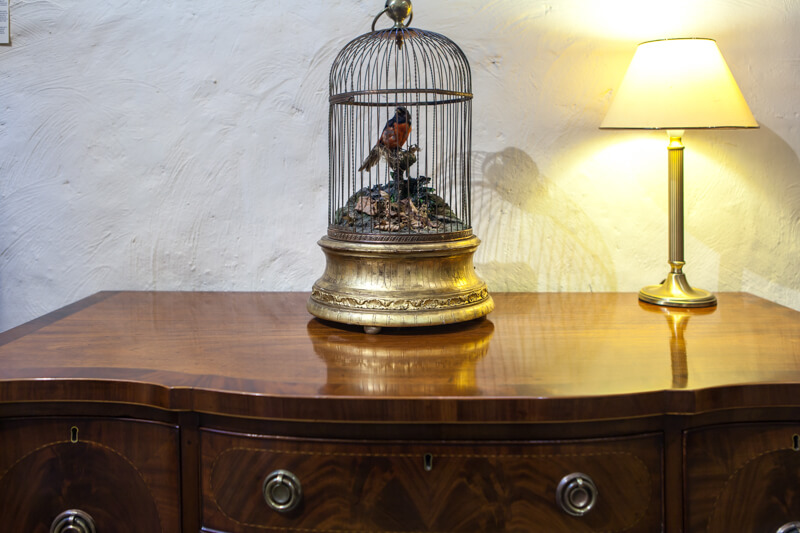Earnshaw was born in Ashton-under-Lyne in 1749. He married early and had to struggle to support his family. He went to London on completion of his apprenticeship and worked as a finisher of watches and taught himself watch-jewelling and cylinder-escapement making. He worked for John Brockbank and while in his employ, thought out the idea of using a spring detent for a chronometer instead of the usual pivoted form. This he showed to Brockbank who arranged for a certain Thomas Wright to patent the idea. Earnshaw always thought that the idea was shown by Brockbank to Arnold and by the time that the patent was demanded, Arnold had also logged a similar patent.
It is of course possible that they had come to the same idea independently, but Earnshaw always thought that he had been deceived. To Earnshaw must be ascribed the merit of having devised the chronometer escapement and compensation balance spring (compensating balance) as now used.
His pieces were of small size and his chronometers are considerably rarer than those of Arnold. Pocket chronometers are reasonably common. There are a very limited number of clocks made by him. He died in 1829 and was followed by his son.
Image copyright Wikipedia









